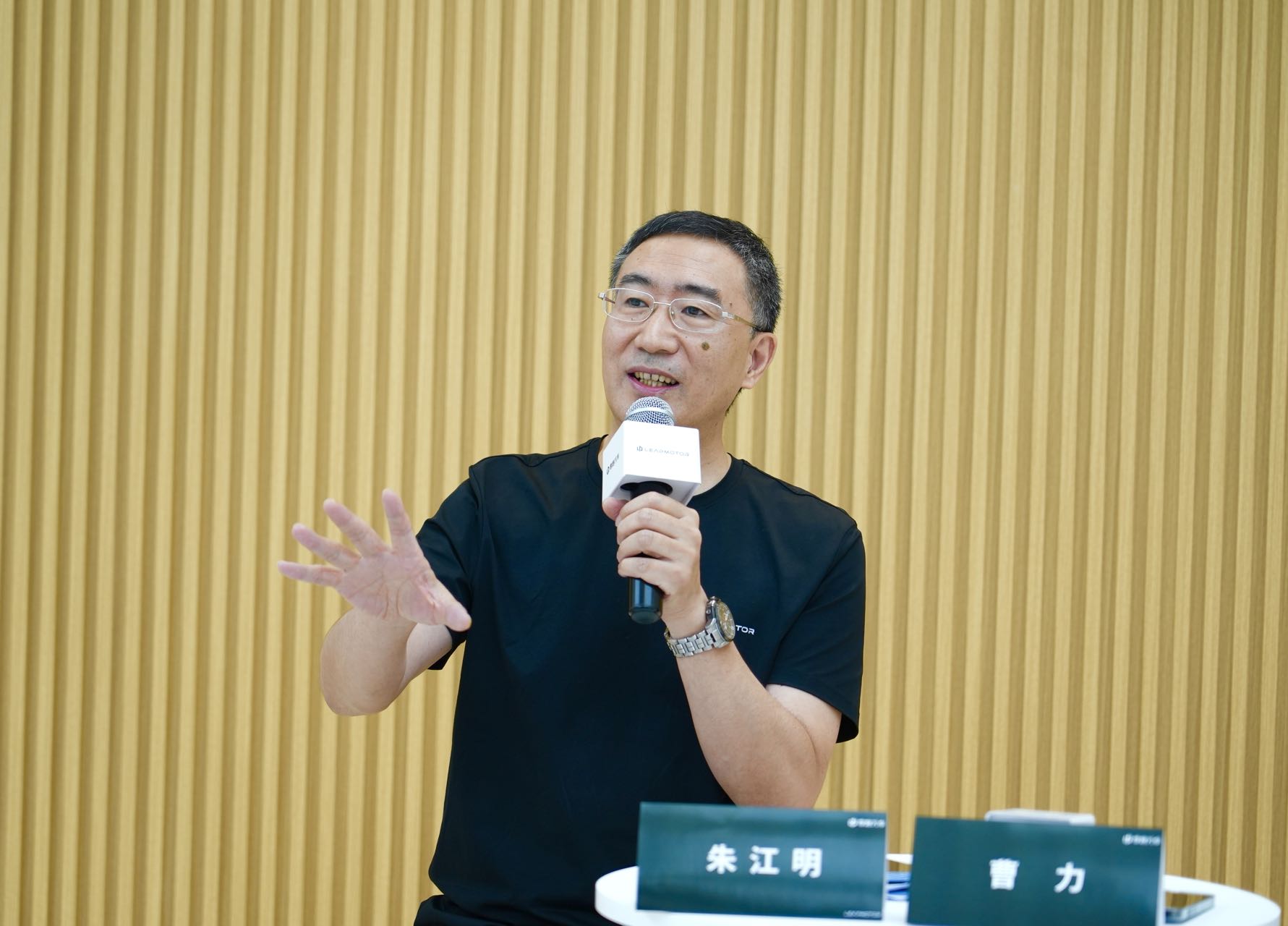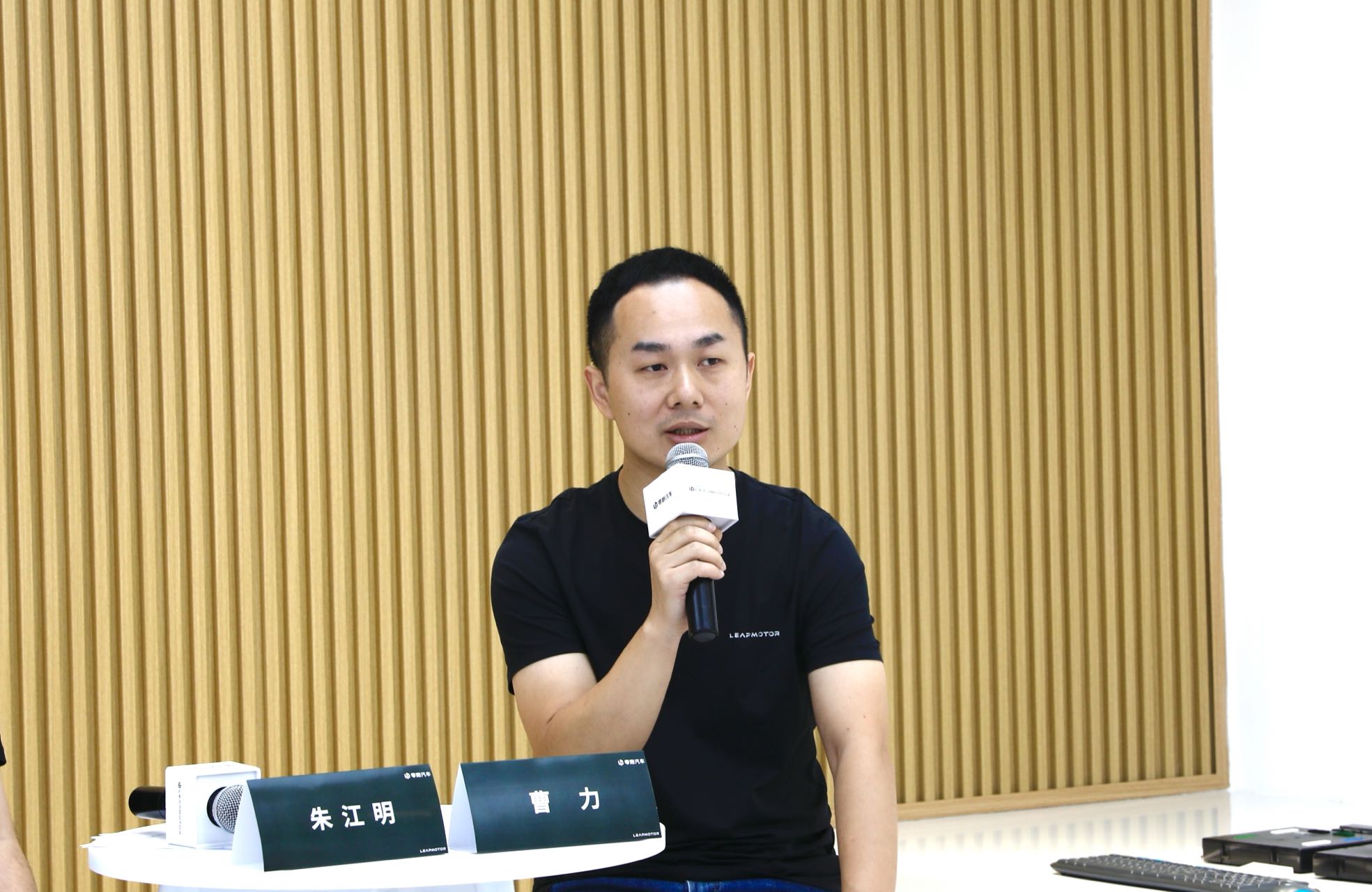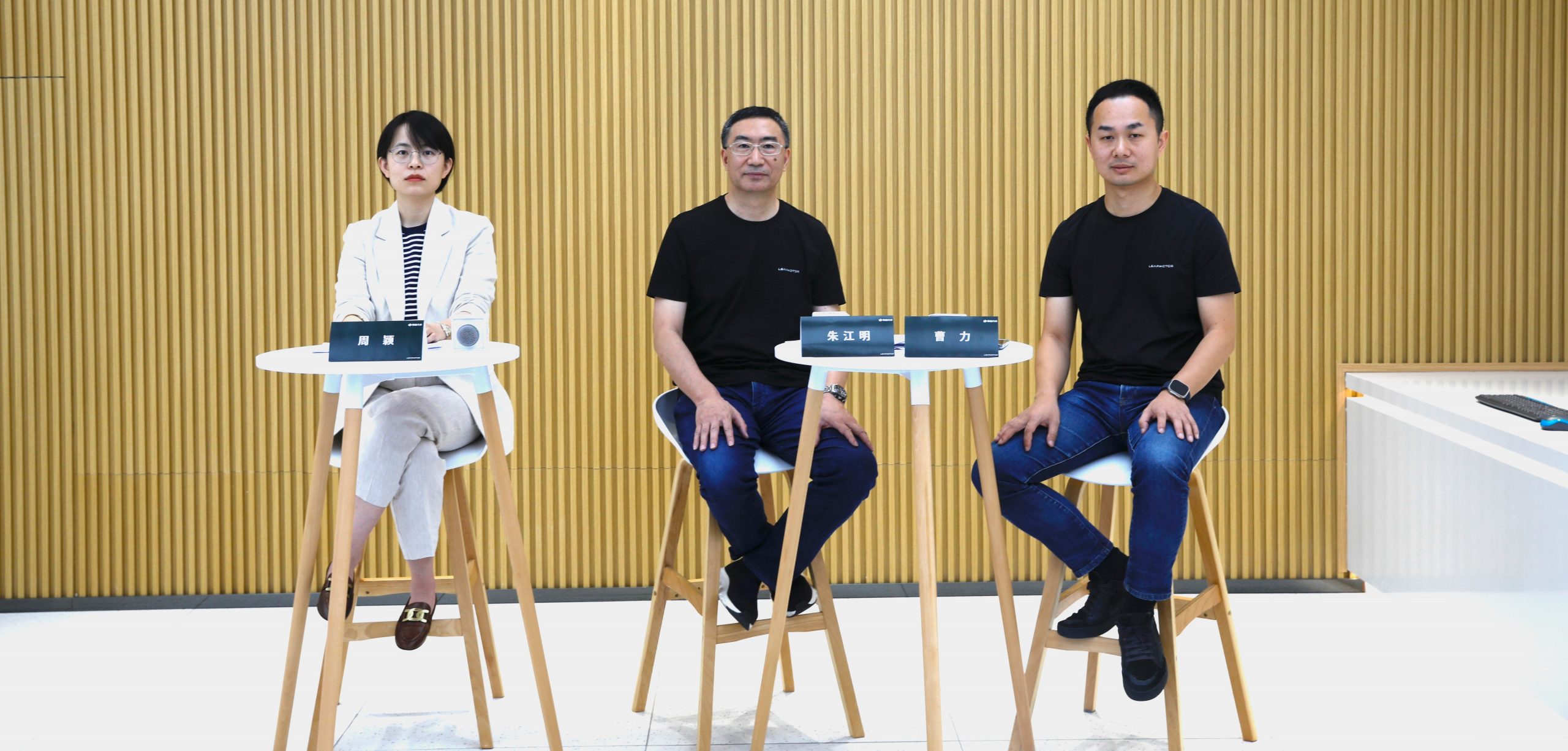On September 26, two days before the Zero Run flagship product C01 was officially released, Zero Run held a media briefing attended by CEO Zhu Jiangming, Senior Vice President Cao Li, and General Manager of Zero Run Marketing Department Zhou Ying to discuss the details of the Zero Run C01’s product, technology, and market.

Product
Q: What is the positioning and target group of Zero Run C01?
Zhu Jiangming: Our primary target audience for this car is between 25 to 40 years old. We did a survey, and in fact, 30 to 40-year-olds account for a considerable percentage. Basically, this group is stable in work and life, has a sense of technology, innovation, and pursues product taste. This is our primary target customer group.
Q: Who is Zero Run’s biggest competitor?
Zhu Jiangming: It is difficult to define currently because the entire new energy market consists mainly of domestic brands, including new forces and traditional car companies. In terms of competing models of Zero Run C01, currently, models like XPeng P7, BYD Han EV, and the HAIBEI SUV overlap with us in the market.
Q: What will be the OTA direction of Zero Run C01 later?
Zhu Jiangming: Except for the navigation assistance function, other functions will be opened synchronously when delivering the car. In addition, we have added ALC function.
Q: In which areas does Zero Run C01 have better performance than competitors?
Zhu Jiangming: Tesla and BYD are successful examples. Zero Run will conduct full-stack research and development in intelligent driving and intelligent cockpit to achieve our own results.
Q: XPeng G9 makes the industry press conference increasingly sensational. What kind of preparation will the Zero Run C01 press conference have?
Zhu Jiangming: The entire pricing strategy is straightforward. All intelligent luxury configurations are directly the standard for the whole series. The only difference is the battery capacity and whether it is a single drive or a dual drive, which makes it more convenient for users to choose.
The Zero Run C01 will also continue the same mode. The first step is to select the cruising range, the second step is to select the power, and the third step is to select the package. Since our package is very valuable, users will choose it basically, which can be completed in two steps.
Technology
Q: Will there be a specific time for the high-speed assistance feature to be pushed on C01 and C11?
Cao Li: We plan to conduct internal testing of OTA high-speed assistance in the first quarter of next year.
Q: Will there be further improvements in the 400V technology?
Zhu Jiangming: Whether it is 400V or higher voltage depends on external factors because we currently see that more than 80% of charging stations are 400V.## English Markdown Text Output:
Secondly, at present, the country is just starting to promote 700V charging piles. Many charging piles are still 400V. With the improvement of social charging infrastructure and the maturity of technology, it is most advantageous to switch to a certain platform synchronously.
Q: What is Leapmotor’s view on battery swapping?
Caoli: Regarding battery swapping, we have always believed that it is the same as the evolution trend of mobile phones. We believe that from the original replaceable batteries, to the current integrated batteries, it’s the same for the whole vehicle. We think that after the whole vehicle has a range of more than four to five hundred kilometers, it is actually not necessary to directly replace the battery. When the infrastructure such as charging piles becomes more and more abundant, it can already fully meet daily usage needs.
Q: How is the progress of Leapmotor’s full-stack self-research, and in which fields does it have better results than its competitors?
Zhu Jiangming: First of all, full-stack self-research is not only about software applications. All core parts are independently researched and manufactured. In terms of the traditional three powertrains, we also focus on intelligent driving and intelligent cockpit. As for battery packs, we purchase battery cells from the supply chain, and we only define two types of battery cells for more battery suppliers. In addition, we manufacture and complete the battery module by ourselves.
Although our R&D team with nearly 1,800 personnel, it’s not the most among peers. Our foundation is the best, and in the long term, our model is relatively more suitable for such electronic products. If the future of automotive electronic products accounts for more, with 70% being electronic and 30% being automotive, then full-stack self-research is also more advantageous.
Companies like Tesla and BYD are successful examples, with BYD even self-producing battery cells. Leapmotor focuses on developing intelligent driving. This is basically the current state of the industry.
Market Aspect
Q: How does Leapmotor view the competition among C01, Deep Blue SL03, BYD Dolphin, and NIO ES6?
Zhu Jiangming: In terms of product power, we just mentioned two aspects. One is intelligence, whether hardware configuration, such as the car computer, we use Qualcomm 8155, and the application of many car computer functions, which we do deeper and more thorough. In terms of intelligent driving, we have 28 sensors as standard, which can achieve L2+ level. It is standard for all cars. Taking the intelligence aspect comprehensively, we are stronger than Deep Blue SL03, BYD Dolphin, and NIO ES6.
In terms of luxurious configuration, including the luxury level of the interior, the material in various aspects, and the overall design sense, from the size of the car model, the appearance, and other aspects, we have a wider audience and therefore more people. This is in terms of product.
Q: How does Leapmotor overcome the bottleneck from 10,000 units to 20,000 units for new forces?
Caoli: Regarding the bottleneck of 20,000 units, there are two aspects, one is sales orders, and the other is production capacity, in fact, the problems that new forces encounter are similar.When it comes to production capacity, the main bottleneck is the factory’s manufacturing capacity and the supply chain’s chip and battery capacity. To address this issue, LI has done a lot of platformization and standardization work, such as a multi-supplier supply model where two suppliers can provide the same standard of batteries, and in terms of chips, we have made sufficient preparations with different alternative plans. This will help us quickly break through the manufacturing and supply chain bottlenecks.
As for orders, we have never been short of them. With the launch of LI C01, there will be an explosive growth in orders again, and we believe that LI will soon break through 20,000 units.
Q: Starting in 2022, LI C11’s sales will start to increase. How will LI eliminate the label of producing low-priced electric vehicles?
Zhu Jiangming: The reason why we promoted T03 initially was to allow everyone to get to know LI at a lower threshold. After reaching 100,000 unit sales, users became familiar with LI, and we launched C01 and C11. Our users also proved that our approach was reasonable because many T03 users converted to become C11 users, believing that the latter is easy to drive, user-friendly, and cost-effective.
Therefore, since seeing that C11 has such good product power, from design to configuration, with an excellent cost-effective ratio, more and more people will slowly buy LI, which is our logic.
Q: Currently, the cost of batteries affects the price of many cars. How can LI continue to pursue its own path under these conditions?
Zhu Jiangming: With the rise in lithium carbonate prices, batteries have indeed brought us some pressure, and the current price is higher than expected. In the long run, some industry insiders predict that raw material prices will enter a downward path one year later and gradually recover to their original levels.
In addition, we also implement another strategy, promoting B-class cars since larger cars adopt purely electric dual-mode operation. We will also launch range-extended versions of C11 and C01, which will require less electricity. Therefore, the new car will relatively have more competitive advantages in the whole market.
Conclusion
On September 28th, LI C01 will be officially launched, and vehicle deliveries will also gradually begin. Although, LI has not set a clear sales target for C01 yet, we can still see that LI still has great confidence in C01.
However, what everyone now cares about is not only cost-effectiveness and quality but also service and energy supplement system, so how LI will build its own service system and new car planning will also become critical in the future.

This article is a translation by ChatGPT of a Chinese report from 42HOW. If you have any questions about it, please email bd@42how.com.
